The Shapla flower, scientifically known as Nymphaea pubescens, holds cultural and ecological significance in many parts of Asia, particularly in Bangladesh, where it is the national flower. This aquatic plant is commonly found in ponds and lakes, displaying its beautiful white or pink blossoms.
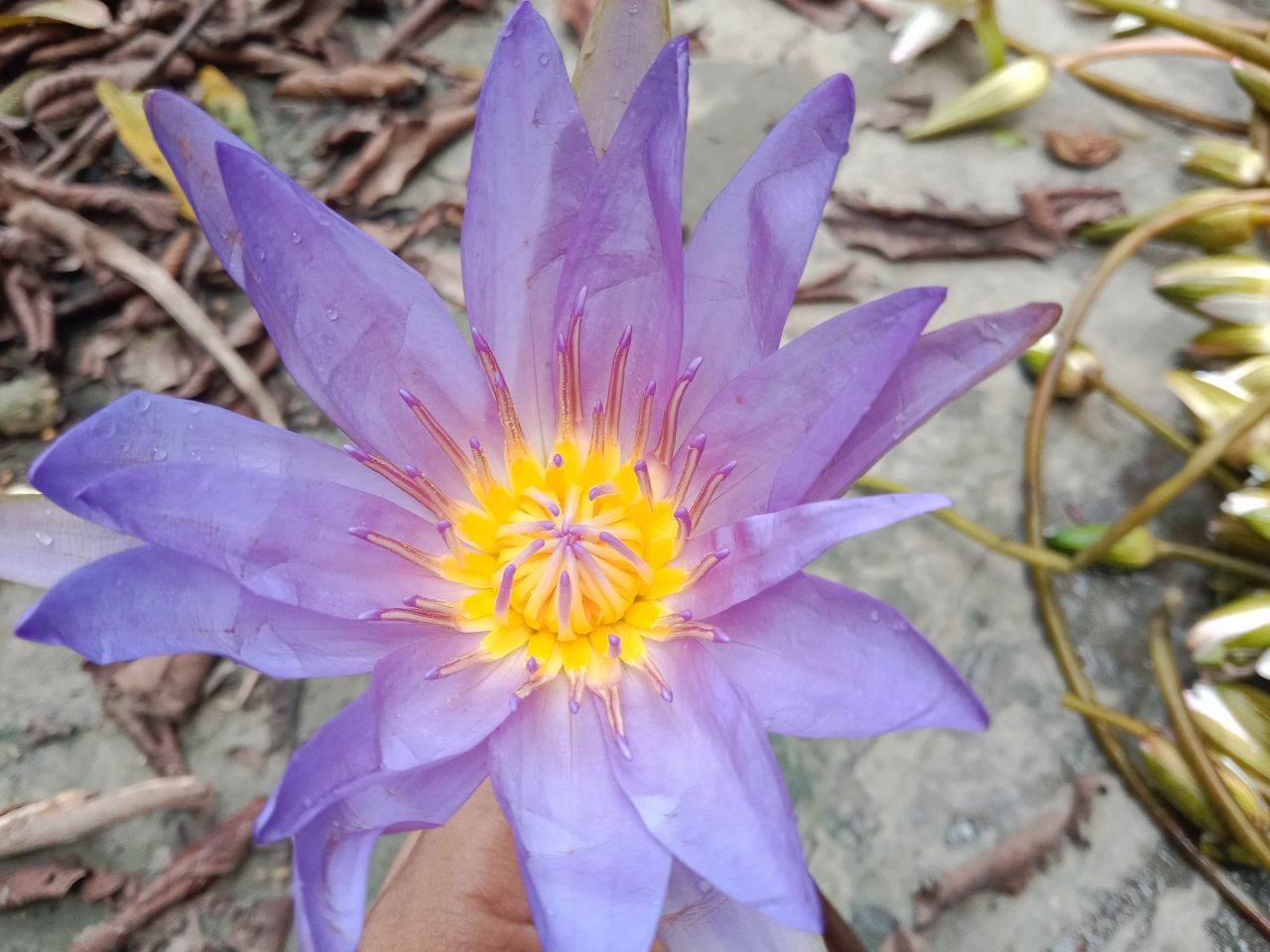
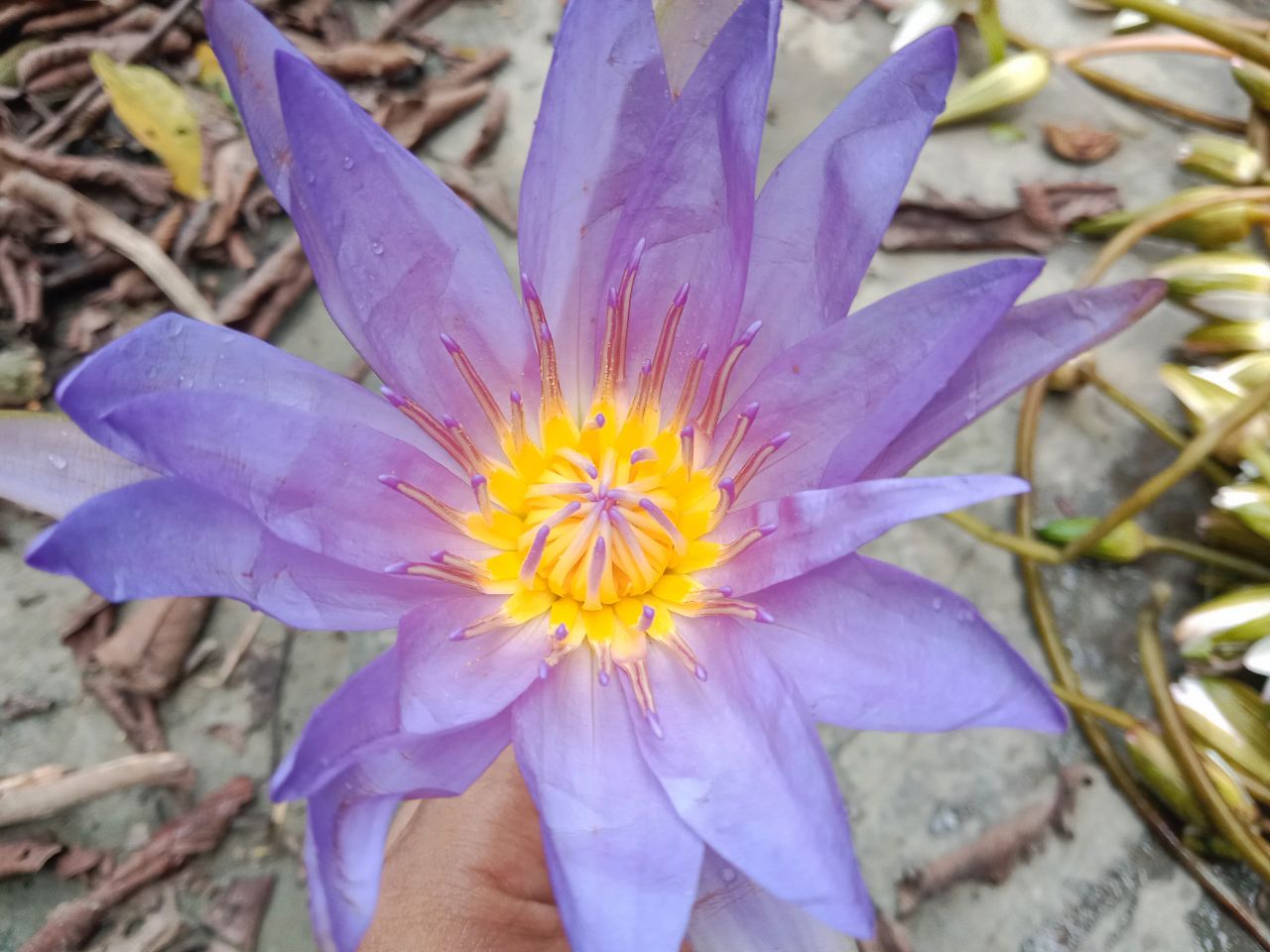
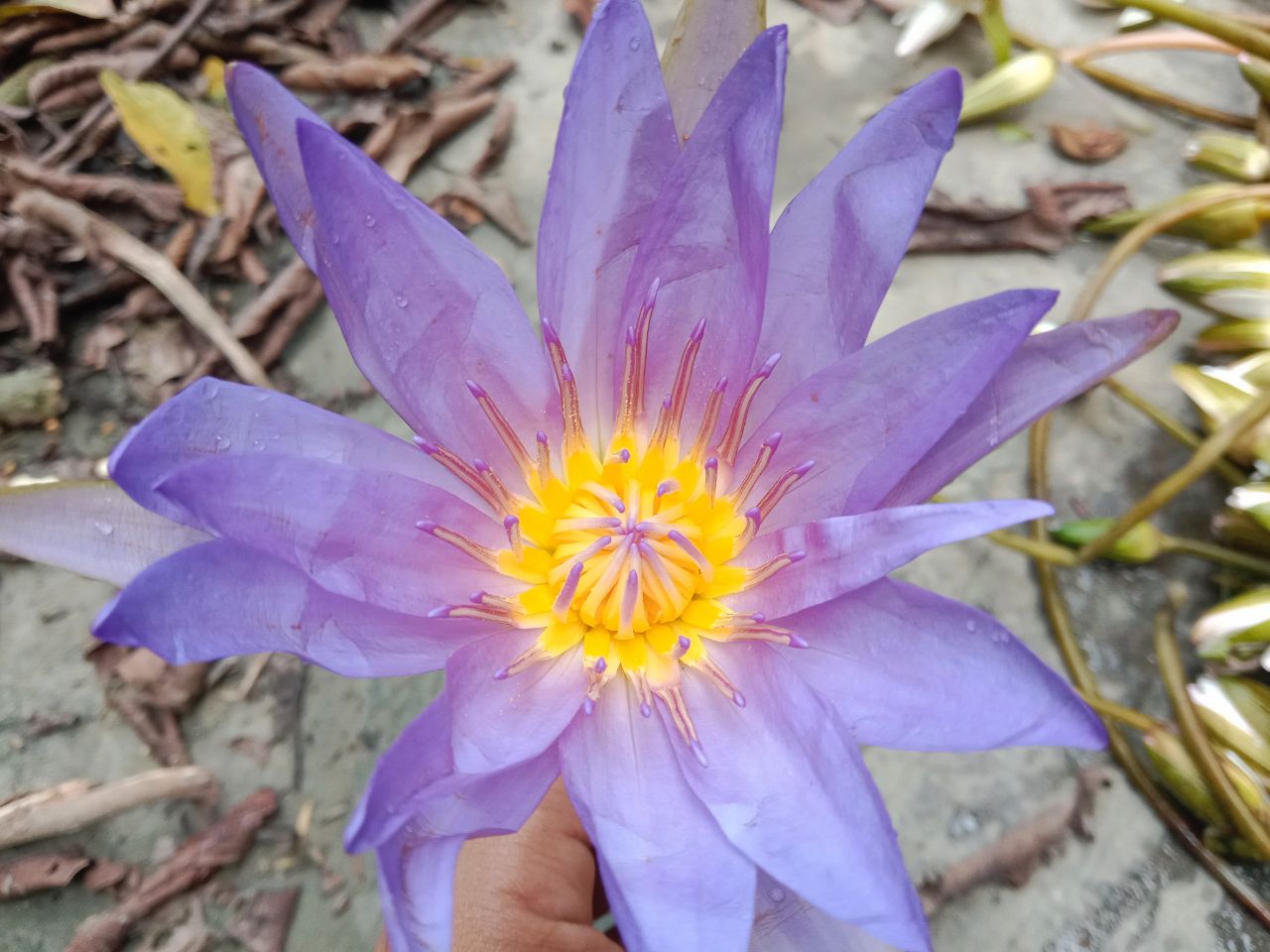
Benefits:
Cultural Symbolism: Shapla is deeply ingrained in Bangladeshi culture, representing purity, beauty, and the essence of the nation. It is a symbol used in various art forms, including literature, dance, and religious rituals.
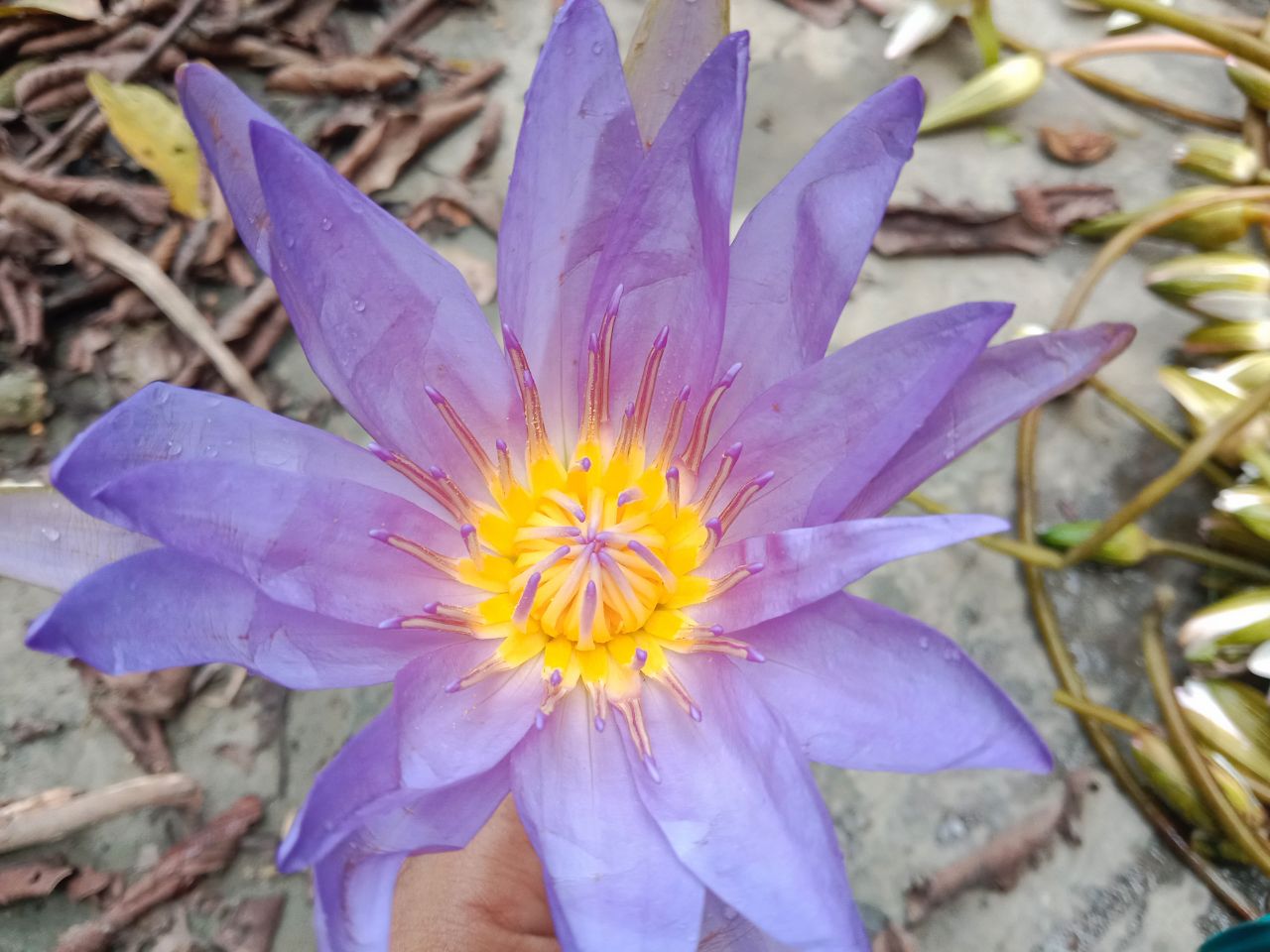
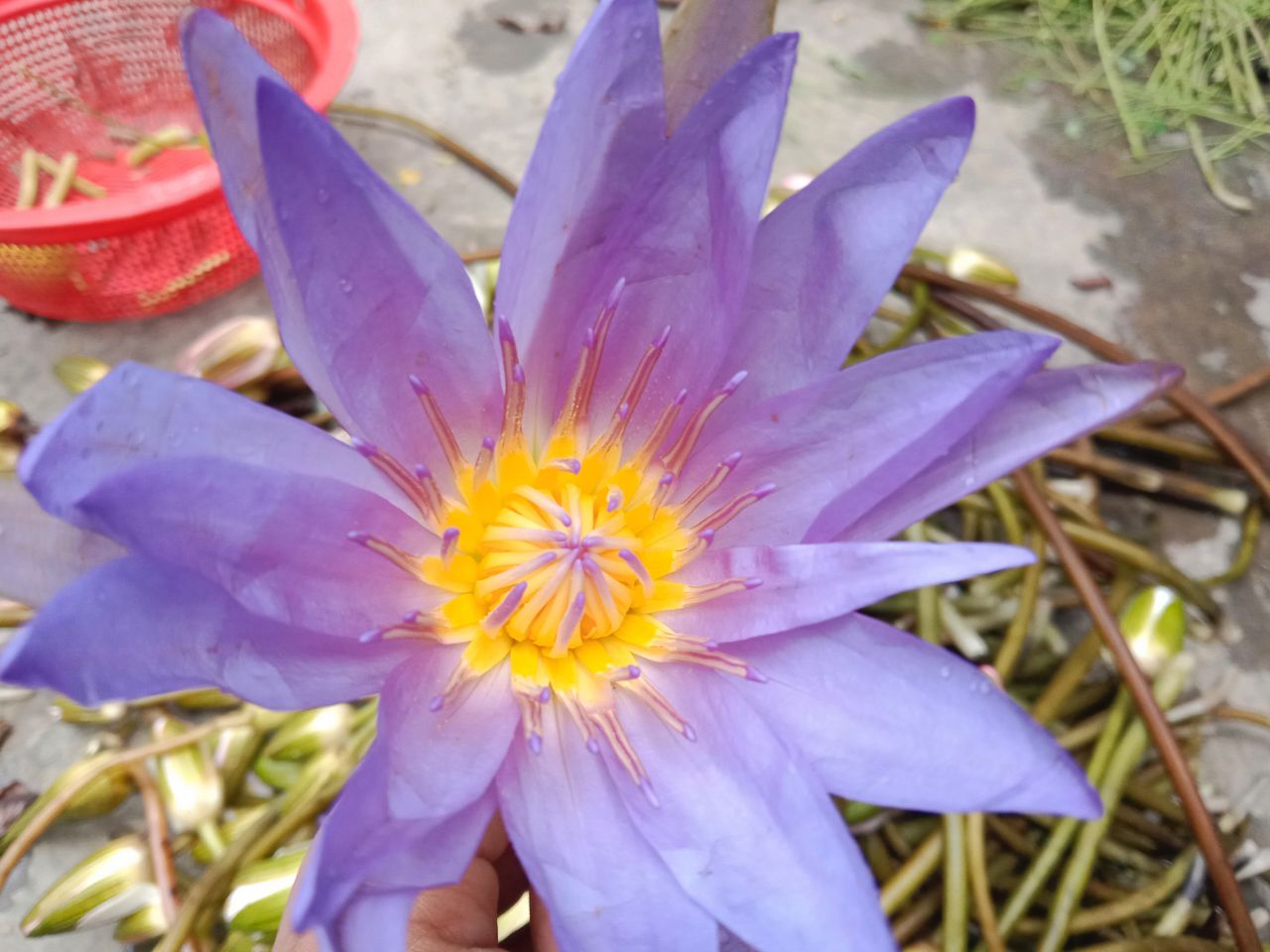
Ecological Importance: The plant plays a crucial role in maintaining the ecological balance of aquatic ecosystems. Its broad leaves provide shade, reducing the growth of algae and maintaining water quality. Additionally, Shapla flowers attract pollinators and contribute to biodiversity.
Medicinal Uses: In traditional medicine, various parts of the Shapla plant are used for their medicinal properties. The rhizomes are believed to have potential anti-inflammatory and diuretic effects, and the flowers are sometimes used in herbal remedies.
Aesthetic Value: Shapla adds aesthetic value to water bodies with its elegant and fragrant flowers. This makes it a popular choice for ornamental purposes in gardens and decorative ponds.
Harms:
Invasive Nature: In some cases, Shapla can become invasive, spreading rapidly and outcompeting native aquatic plants. This can negatively impact the biodiversity of natural ecosystems.
Water Management Issues: While the shade provided by Shapla can be beneficial, excessive growth may lead to decreased sunlight penetration, affecting other aquatic life that relies on sunlight for photosynthesis.
Obstruction of Water Flow: Dense populations of Shapla can impede water flow in rivers and streams, potentially causing issues with drainage and increasing the risk of flooding in certain areas.
Risk of Pesticide Contamination: In regions where Shapla is cultivated, there may be a risk of pesticide contamination if chemicals are used for its cultivation, potentially harming aquatic life and affecting water quality.
In conclusion, while the Shapla flower holds cultural and ecological benefits, it is essential to manage its growth to prevent potential harms to the environment